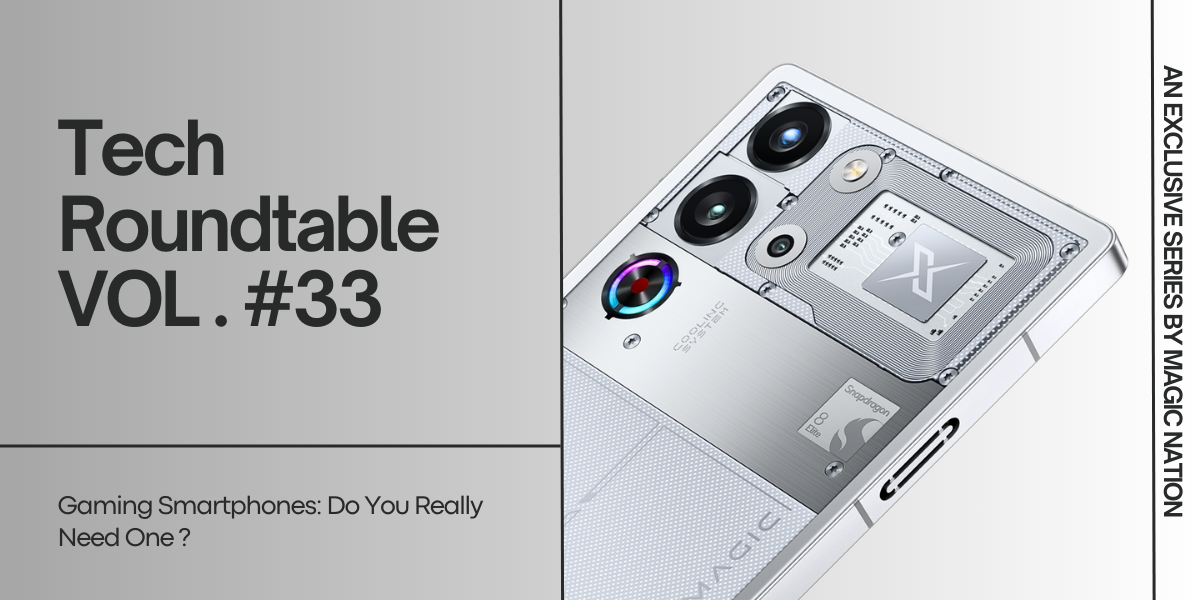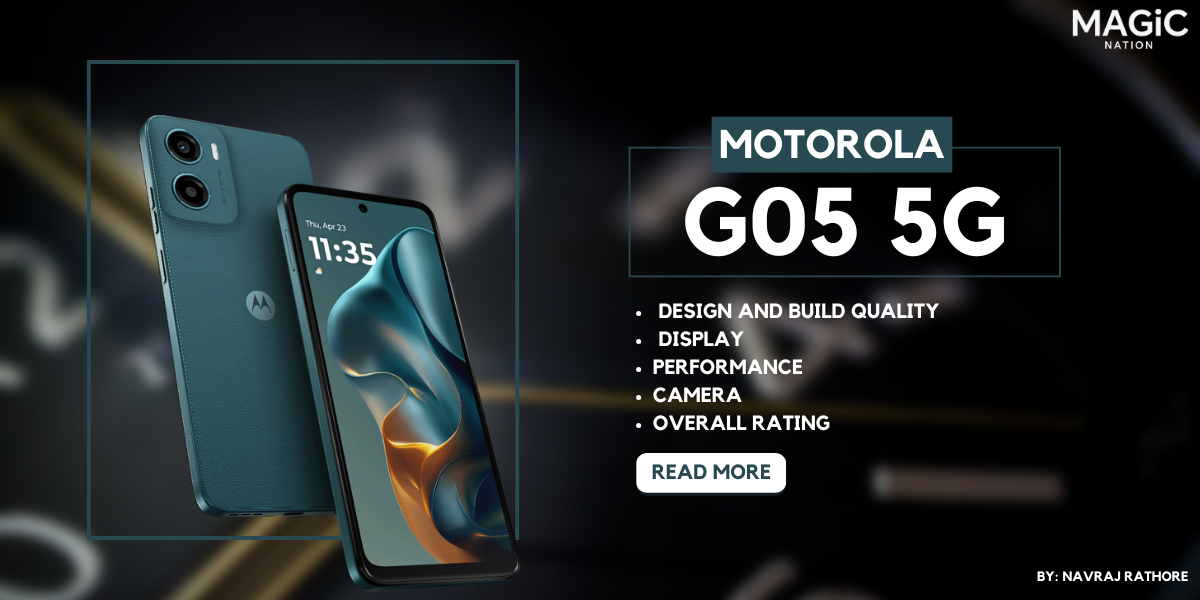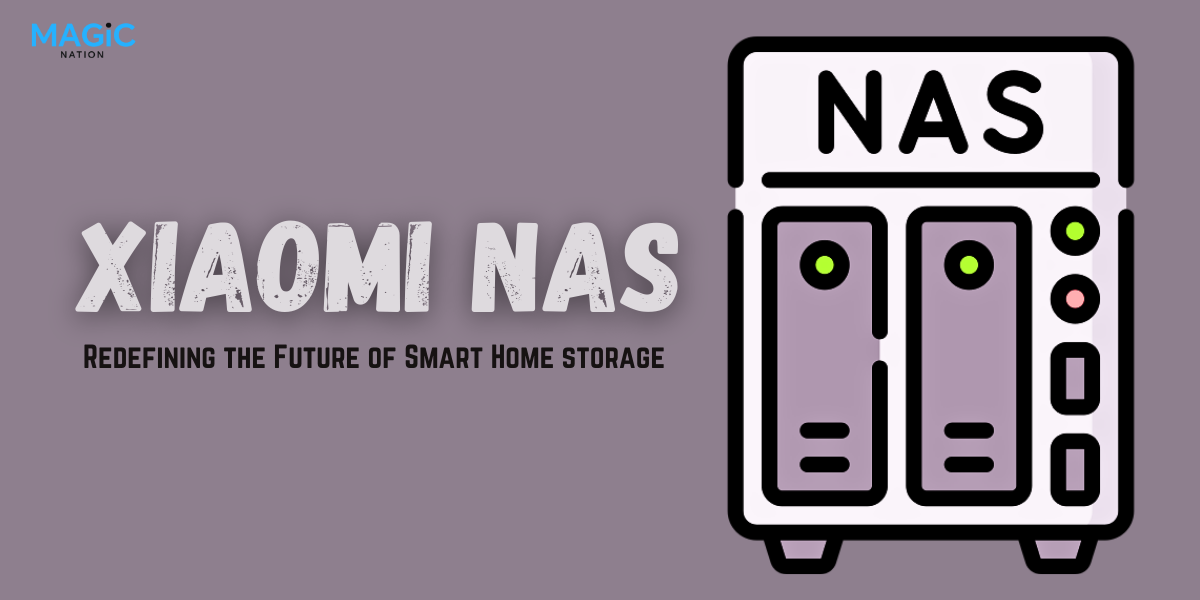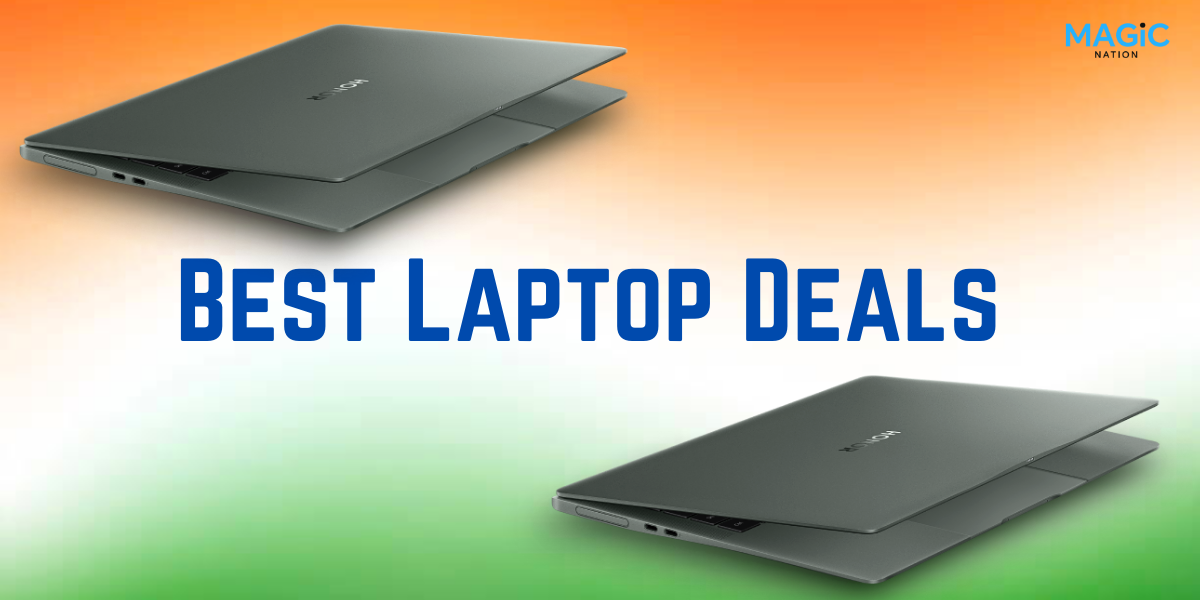In education, both AR and VR foster interactive learning experiences. AR textbooks bring static content to life, offering students a more engaging understanding of subjects. VR, on the other hand, enables virtual field trips and simulations, transcending traditional classroom boundaries.
[sup] Immersive (AR/VR) technologies are past the hype now. They are already being used across multiple industries outside of what many think is just gaming and entertainment. And now, they are slowly entering the consumer market – so what does this mean for us and our society? Over the next years, we have to completely reset our thinking on how we interact with digital information. Dinesh Punni has been eating, drinking, and breathing immersive technologies (AR/VR) for more than 5 years now.[/sup]
Healthcare embraces AR for medical training and surgery planning. Surgeons can visualize patient anatomy in 3D, aiding in precise interventions. VR, meanwhile, aids in pain management and therapy by creating immersive environments for patients, reducing stress and discomfort.
Architects and designers leverage AR to visualize projects in real-world settings. AR allows clients to place furniture or experiment with design elements before physical implementation. VR complements this by providing immersive walkthroughs of architectural designs, enhancing communication between stakeholders.
In retail, AR transforms the shopping experience. Virtual try-on features allow customers to visualize products before purchase, enhancing confidence and reducing return rates. VR extends this by creating virtual storefronts, transcending physical limitations, and offering unique, immersive shopping environments. Advancements in AR and VR technology continue to push boundaries.
Spatial computing, combining physical and digital worlds seamlessly, is a key focus. Enhanced sensors, gesture recognition, and improved graphics contribute to more realistic and responsive experiences. The advent of 5G connectivity further enhances AR and VR capabilities, reducing latency and enabling real-time interactions.
Collaborative VR environments enable remote teams to meet in shared virtual spaces, fostering collaboration across distances. This has become particularly crucial in a world where remote work is increasingly prevalent.
The applications of AR and VR span a multitude of industries, from gaming to healthcare, education, and beyond. As technology advances, these immersive technologies are poised to redefine how we interact with the digital and physical realms, unlocking new possibilities and transforming the way we live, work, and play.










